Tourist Highlight
The Old Town
Half-timbered buildings, museums and sights in Hanover's old core.
In the days before the Second World War there was a large old town in the centre of Hannover with narrow lanes and many half-timbered buildings from the Middle Ages. A lot of poor people lived there under bad conditions. Ordinary Hannoverians stayed away from the old town because they also considered it a place of crime and demimonde. The historic value of the picturesque old buildings interested but a few.
The old town of Hannover extended from Steintor to Aegidientorplatz and is today only recognizable by its elliptical shape. The old main streets like Osterstraße, Schmiedestraße, Knochenhauerstraße, Burgstraße, Leinestraße and others are linked by numerous lanes and join again at the old gates as was common in German merchants' settlements in the Middle Ages.
After the bombing raids of the Second World War there was almost nothing left of Hannover's old town. Forty old half-timbered buildings remained, twelve thereof in Knochenhauer-, Kramer- and Burgstraße. During the rebuilding of Hannover, parts of the old buildings, mainly the facades, were transferred and concentrated in this area. So today they form a "new old town" in Hannover's oldest part. Hannover's oldest and most picturesque half-timbered building can be found amidst new buildings in upper Burgstraße. The Renaissance facade dates from 1566, the house at the back is even older.
Close by, also amidst new buildings, there is Hannover's oldest church, the Kreuzkirche, built in 1333. The interieur was destroyed in the Second World War. The Altar, designed by Lucas Cranach the Elder, comes from a church in Einbeck. The Duvekapelle, adjacent to the Kreuzkirche, was built in 1655 and contains the family vault of the Duve family, a prosperous merchant family. The best-known member was Johann Duve, who was renowned for his charity.
Along Kreuzstraße the way leads to the Ballhofplatz. The Ballhof, built in 1649-64, used to be a sports hall, designed for ball games out of the wind and rain. Later it was used as an assembly hall and eventually became a theatre. The Ballhofplatz was only created in the thirties when during a redevelopment process many old buildings in that area were demolished.
Opposite the City Museum, which was built in the sixties in an extravagant style, stands the reconstruction of the Leibnizhaus. It was a famous building with beautiful sandstone masonry. Originally built in Osterstraße in 1499, it was restored in 1652 and inhabited by the well-known philosopher Leibniz from 1676. It was destroyed in the Second World War. The reconstruction of the facade is based on photographs and relicts. The building behind the facade ist entirely modern and serves as a guest house for Hannover's universities.
The Leineschloss, today the parliament building for Niedersachsen's goverment, dates back to the 12th century. Originally it was a Franciscan convent which was dissolved in 1553. When the Duke of Calenberg took residence in Hannover in 1636 parts of the building were redecorated. In the 19th century after Hannover had become a kingdom, the whole Leineschloss was rebuilt by Hannover's noted architect Laves, who also built the portico with six Corinthian columns. In 1943, the Leineschloss burned out almost completely, only the portico remained. When it was rebuilt, the modern assembly hall was added.
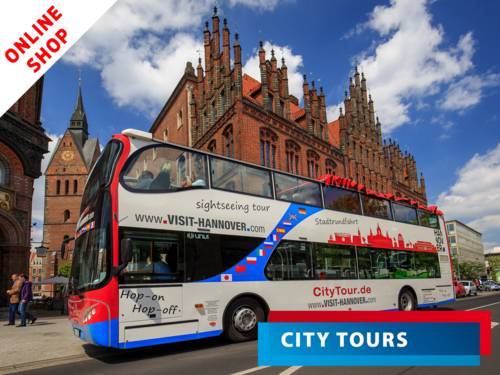 © HMTG
© HMTG
Onlineshop City Tours
Here you can book public city tours and city tours for groups online.
read more
 Deutsch
Deutsch
 English
English
 中文
中文
 Danish
Danish
 Eesti
Eesti
 Español
Español
 Suomi
Suomi
 Français
Français
 Italiano
Italiano
 日本語
日本語
 한국
한국
 Nederlands
Nederlands
 Norge
Norge
 Polski
Polski
 Portugues
Portugues
 Русский
Русский
 Svenska
Svenska
 Türkçe
Türkçe
 العربية
العربية
 Romanesc
Romanesc
 български
български
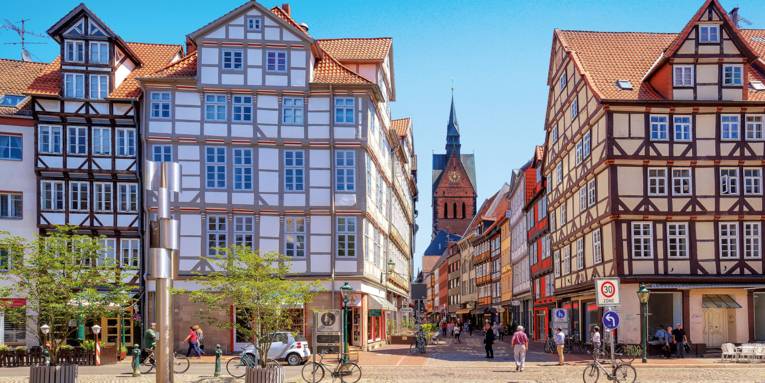 © HMTG
© HMTG 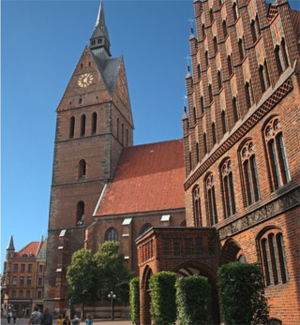 © HMTG
© HMTG 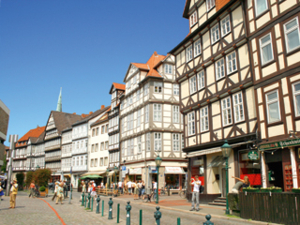 © HMTG
© HMTG 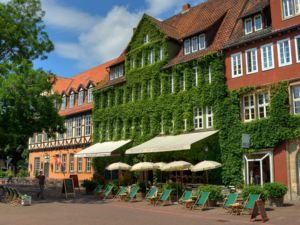 © HMTG
© HMTG 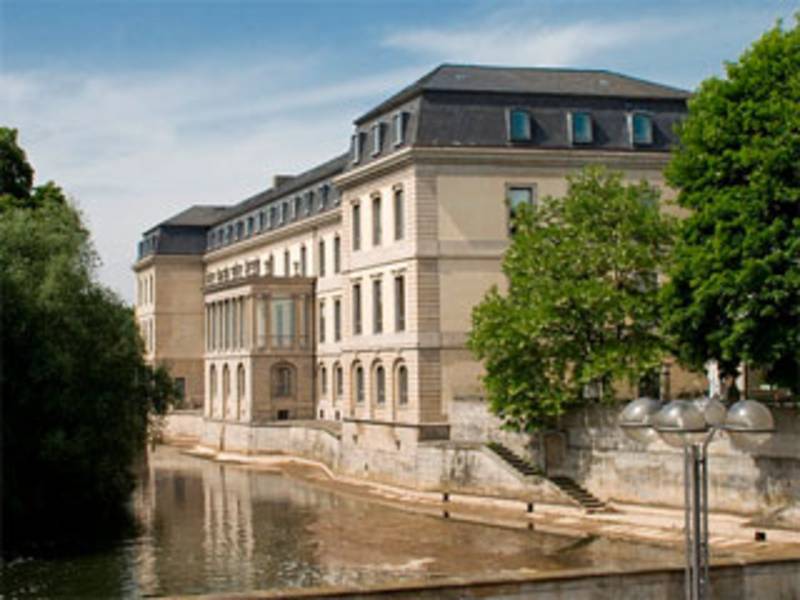 © HMTG
© HMTG 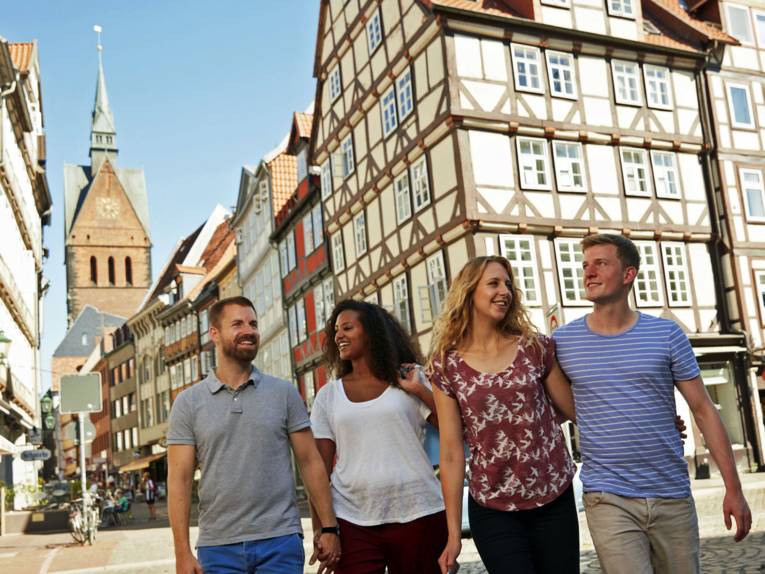 © HMTG / Wyrwa
© HMTG / Wyrwa 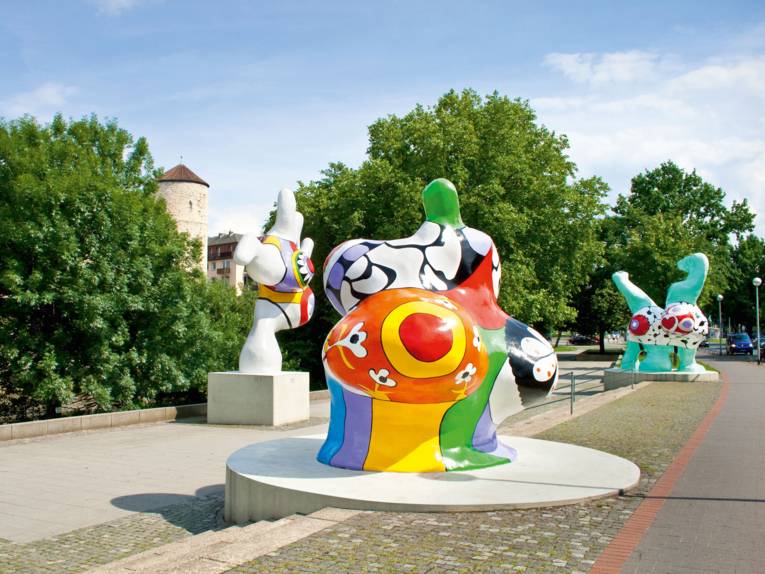 © HMTG
© HMTG 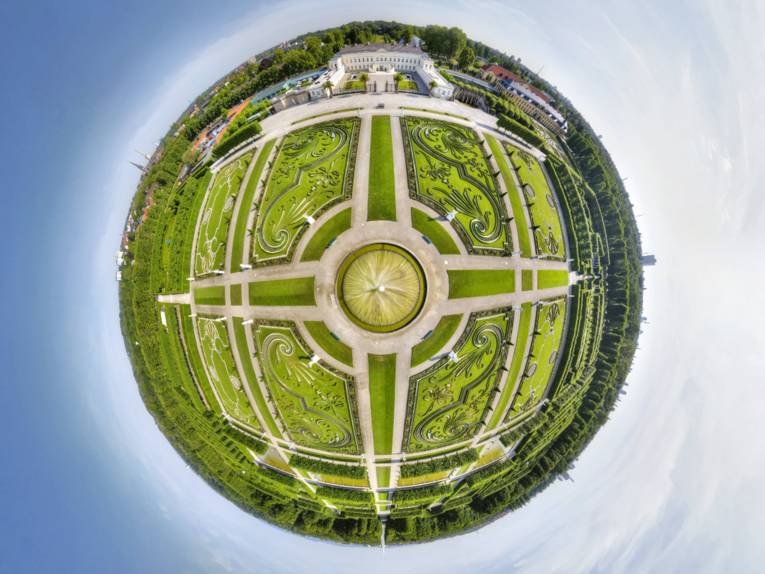 © HMTG
© HMTG